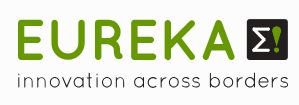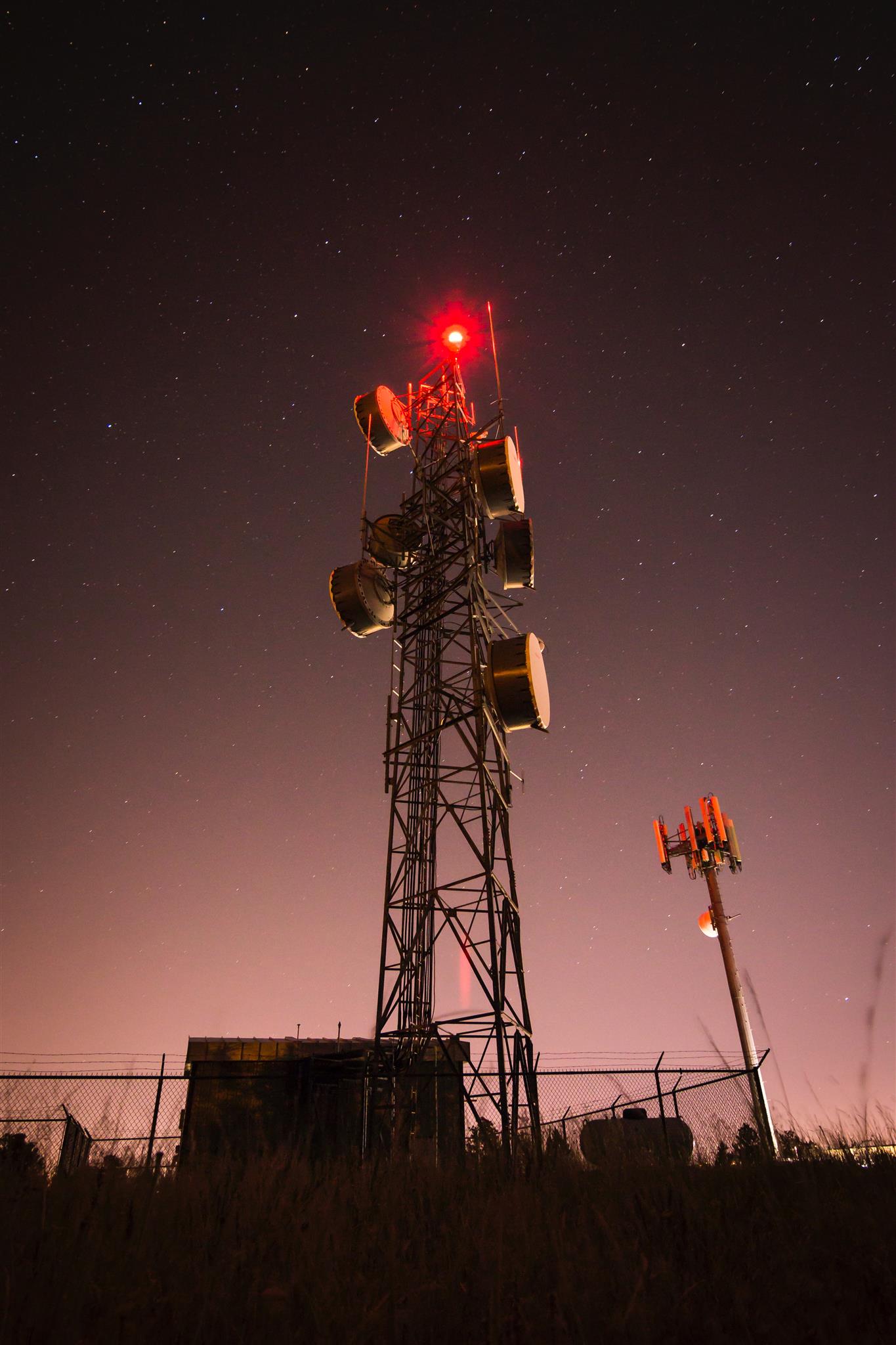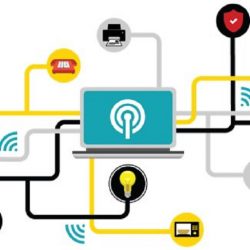
The main objective of the team project is to gain an effective approach for different healthcare applications by combining smart home technology with healthcare technology based on thermography capable of monitoring vital signs and activities of daily living (adl)
The main objective is to gain an effective approach for different healthcare applications by combining smart home technology with healthcare technology based on thermography. The thermography is a free-contact technology that can detect emergency situations such falls and provide continuous monitoring of the elderly’s health status through the monitoring of vital signs (breathing, heart rate), activities of daily living (ADL) and detection of emergency situations (falls). The smart home sensors will be used to represent many different types of context information. These sensors together with thermography imaging will be used to find patterns in data that do not conform to the expected behaviour. In this context, anomaly detection will be used for detecting anomalies in daily activities and indoor location will provide fine-grained location-based services to the elderly. The identification of any changes in activities of daily living (ADLs) might be an indicator of cognitive or physical decline. There are motion tracking sensor systems to recognise human activity and vital signs for research purposes but there are not robust commercial products in the market that combine both functionalities with a unique sensor. The most mature market is motion detection, dominated by a few cutting-edge enterprises of advanced countries whose technology and know-how is based on mass-volume industrial sector and don’t focus in a specific application (Ambient assisted Living) and therefore have less effectiveness in the problem to solve. The thermography technology can provide different applications in a precise way by using only one sensor which gives it a competitive advantage. This proposal will enable combining the knowledge and expertise of Sensing & Control, NNFC and Vu:t in order to develop an infrastructure for delivering healthcare services that combines open IoT platforms and successful commercial IoT solutions. Sensing & Control Systems S.L. has developed an IoT Smart Home Platform which enables our life to be safer, easier, more comfortable, and energy efficient through the use of a wireless sensor network and a control unit for reducing energy cost. The project aims at four important milestones. The 1st one is to integrate NNFC’s uncooled type of microbolometer array thermography sensor technology into Sensing & Control’s Smart Home platform in order to notify motion tracking data and vital signs at a sudden event to the clinic or caregivers through processed proper algorithm and platform systems with precise sensor performance. With the help of high performance potential of NNFC’s microbolometer technology, it will be possible to increase the sensitivity of the microbolometers and distinction of pulmonary artery. The 2nd milestone is to develop high performance thermography technology by coupling NNFC’s amorphous silicon microbolometer with readout & control circuits for reducing noise, while increasing the sensitivity and resolution, thereby enabling a distinct contrast in thermography. This technology will achieve the very precise detection of vital signs with high performance. The 3rd milestone is to develop algorithms to fit it into a proper input of the Smart Home platform. The main items to be developed are: • motion tracking & recognition algorithms that detect situations that can lead to falls and other hazards, reducing the susceptibility to falls for older people who live in private homes. • algorithms about space, relative positions and poses, and adapting individual users’ preferences The 4th milestone is to develop algorithms based on artificial intelligence in order to detect and alert about potential anomalies and to adapt the home environment automatically. At the beginning of the project, the definition of the requirements and the design of the pilot will be agreed between all partners. The main objective of the pilot is to demonstrate that the solution developed can be deployed within different culture backgrounds.

